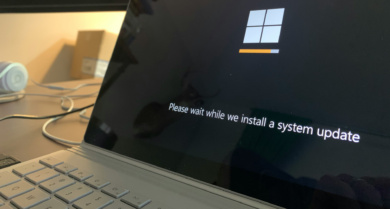Windows 10 hit its end of life date last week, on the 14th of October. For users, it opens uncomfortable questions about what will come next. Meanwhile, for others, it can present an unfortunate opportunity.

The impact of this change will be massive. Windows 10 is still one of the most widely used operating systems in the world. While Microsoft recommends updating old devices and upgrading to new software, at least 200 million PCs will be unable to upgrade to Windows 11 due to hardware restrictions.
In Microsoft’s own words, “without continued software and security updates, your PC will be at a greater risk for viruses and malware.” With the operating system no longer receiving regular updates, it becomes more important than ever to ensure your security.
What next?
For organizations that cannot immediately upgrade to Windows 11, there is a ticking clock. Eventually, there will be a security gap in the software that cannot be accounted for or patched out. Accordingly, all of the other supporting security systems increase in relative importance:
- Train and retrain your employees in security – identifying malicious emails or other risks is more important than ever
- Adhere to best practices – Zero Trust and other security principles need to be in place
- Back up your system – Disaster recovery is the name of the game, when eventually malware will slip through
Your Data In Your Hands – With TECH-ARROW


